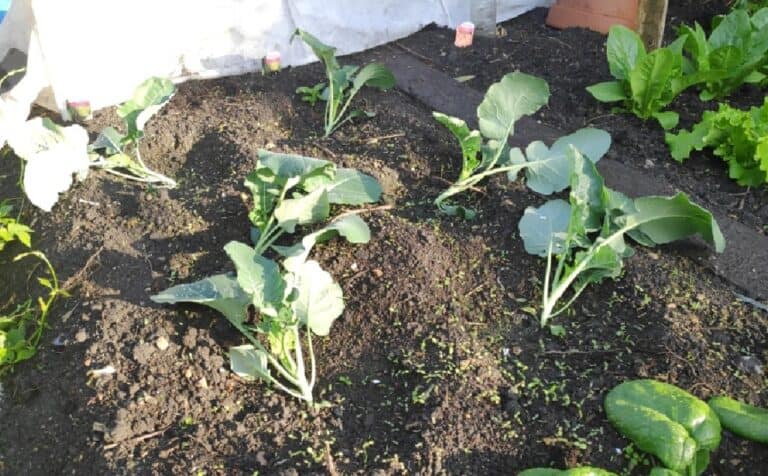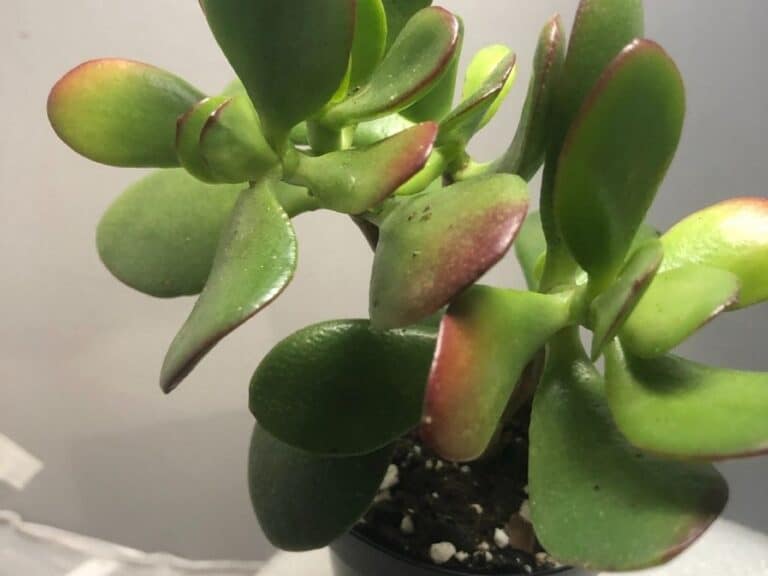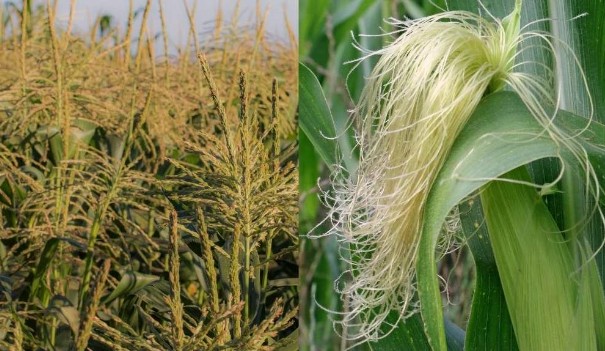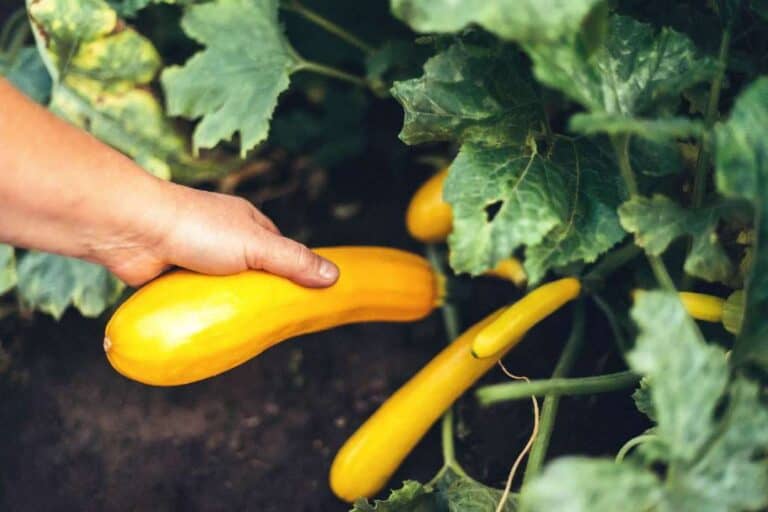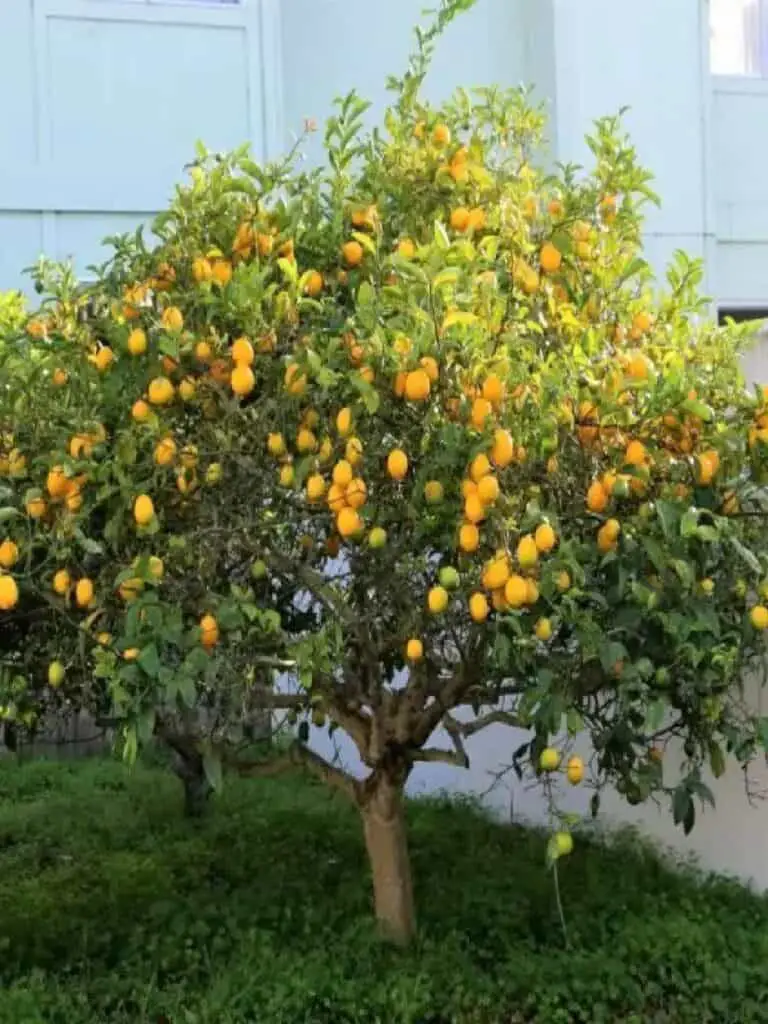Why Pine Needles Make the Best Garden Mulch (And How to Use Them)
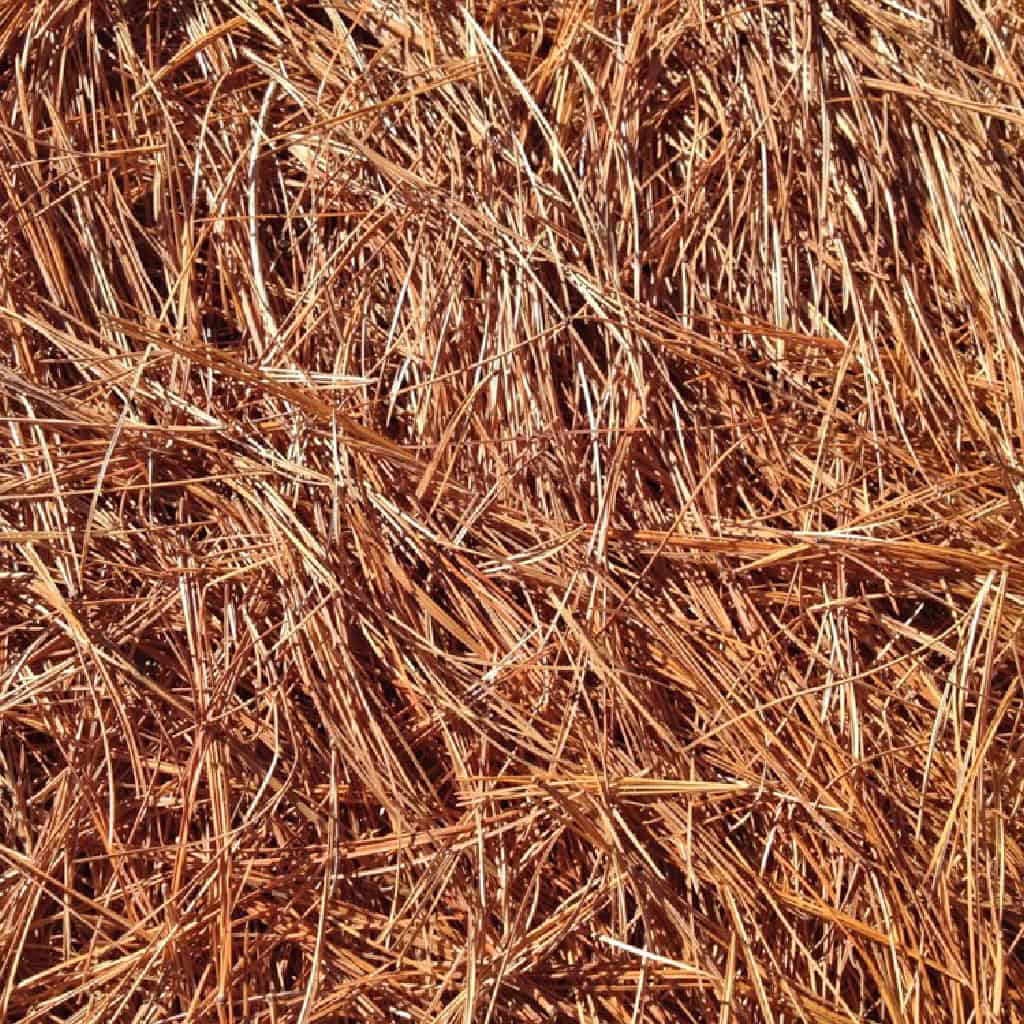
If you’ve ever walked through a forest after a fresh rainfall, you’ve probably noticed how the ground feels cushioned beneath your feet, soft yet firm. That’s nature’s blanket at work—pine needles.
Over the years, I’ve come to realize that these humble needles aren’t just part of the landscape; they’re an unsung hero in gardening. They’re rich in benefits, from moisture retention to weed control, and they work wonders as garden mulch.
Let me take you through why pine needles should be a part of your gardening toolkit and how to use them properly.
What Makes Pine Needles So Special?
At first glance, pine needles might seem like just a nuisance that accumulates under your tree. However, they’re packed with nutrients and properties that can transform your garden into a thriving oasis. Here’s why pine needles are one of the best natural mulches you can use:
- Acidic pH Balance: Pine needles have a naturally acidic nature, which makes them ideal for acid-loving plants like blueberries, azaleas, and rhododendrons. They help to lower the soil’s pH over time, creating a more favorable environment for these plants.
- Slow Decomposition: Unlike other organic mulches, pine needles decompose slowly. This means they break down over time, releasing nutrients into the soil at a gradual pace. It’s like giving your plants a steady supply of food without overwhelming them.
- Moisture Retention: Pine needles form a dense mat on the soil, which helps trap moisture, keeping the soil consistently damp. This is especially helpful during dry spells and can reduce the need for frequent watering.
- Weed Suppression: If you’ve ever tried to keep weeds at bay, you know the struggle. Pine needles, when applied correctly, form a thick layer that suffocates weeds, preventing them from sprouting while still allowing water to reach the soil.
- Insulate Plants: You can also use pine needles to insulate plants in your garden. During the winter, sprinkle some pine needles around the base of your plants. Assuming you add enough, the pine needles will create an insulative barrier that protects your plants from the cold weather.
- Mix in Compost: Another way to use pine needles as garden mulch is to mix them in compost. Compost, of course, is organic fertilizer consisting of decomposed ingredients. The ingredients used in compost are often referred to as either “browns” or “greens.” Brown ingredients, such as pine straw, have higher levels of carbon, whereas green ingredients, such as grass clipping and vegetable scraps, have higher levels of nitrogen and protein.
- Lightweight and Easy to Handle: Pine needles are relatively easy to collect and handle compared to other mulch materials like wood chips. Plus, they’re often available for free, especially if you live near pine trees.
How to Use Pine Needles in Your Garden
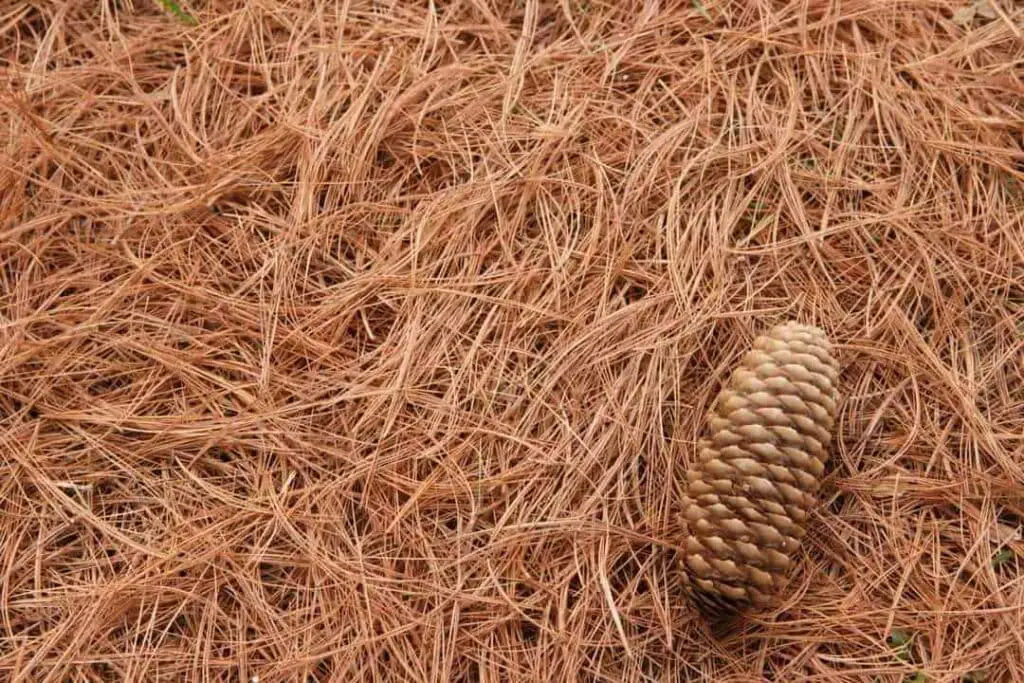
Now that you know why pine needles are a fantastic choice for mulch, let’s talk about how to use them effectively. It’s all about applying them in the right way to reap their full benefits.
1. Start with Clean Soil
Before you apply any mulch, it’s essential to clean the area. Remove any weeds, rocks, or dead plant material. Pine needles work best when they’re laid over a clean surface, allowing them to form a protective layer without obstruction.
2. Create the Right Layer
When applying pine needles as mulch, aim for a 2-3 inch layer. This thickness will allow for moisture retention while still enabling air to circulate the soil. If the layer is too thin, it won’t offer adequate weed control. If it’s too thick, it can smother your plants, so it’s important to find the right balance.
3. Avoid Piling Against Plant Stems
It’s tempting to pile the mulch up around plant stems or tree trunks, but this can lead to rot and disease. Instead, keep the mulch a few inches away from plant stems. Think of it like a cozy blanket—too much contact with your plant’s “skin” can suffocate it. By leaving a little breathing room, you’re helping your plants thrive.
4. Replenish Regularly
Pine needles decompose slowly, but they do break down eventually. Over time, you may notice the layer thinning out. As the mulch begins to degrade, it’s a good idea to refresh it. Simply add a fresh layer of pine needles each season to maintain the right thickness and continue reaping the benefits.
5. Consider Mixing with Other Mulches
Pine needles don’t have to stand alone in your garden. You can mix them with other mulch types, like wood chips or bark, to create a more aesthetically pleasing and functional layer. The combination of different textures can also improve airflow to the soil, which is great for your plants.
The Best Plants for Pine Needle Mulch
While pine needles work wonders for many plants, they are especially beneficial for certain types. If you’re wondering whether they’ll be a good fit for your garden, take a look at these plants that thrive with pine needle mulch:
- Acid-Loving Plants: Pine needles excel with acid-loving plants like blueberries, strawberries, and azaleas. They lower the soil’s pH, creating the perfect environment for these plants to grow strong and healthy.
- Perennials: Many perennials, such as hostas, lavender, and ferns, benefit from the moisture retention and weed suppression that pine needles offer. Plus, they’ll help protect the root systems from temperature extremes.
- Shrubs and Trees: Evergreens and other woody shrubs benefit from the protection pine needles provide. They shield the roots from winter frost and summer heat, promoting strong growth year-round.
- Vegetables: If you’re growing vegetables like tomatoes, peppers, and cucumbers, pine needle mulch can help keep the soil moist and cool during summer. It’s a natural way to conserve water and keep your plants hydrated.
What to Keep in Mind When Using Pine Needle Mulch
While pine needles are generally a great option, there are a few things to keep in mind to ensure you’re using them correctly:
- Avoid Overuse: Using too much pine needle mulch can lower the soil pH too much, making it unsuitable for plants that prefer neutral or alkaline conditions. Keep an eye on your soil’s pH, especially if you’re growing a variety of plants.
- Ensure Proper Drainage: While pine needles help retain moisture, they shouldn’t be laid in an area with poor drainage. If water doesn’t drain well, the mulch can create a soggy environment that encourages mold and root rot.
- Source Your Pine Needles Responsibly: If you’re collecting pine needles from your yard, make sure they haven’t been treated with pesticides or chemicals. The last thing you want is to introduce harmful substances into your garden.
Why Pine Needles Are Worth the Try
After years of experimenting with different mulching options, I’ve found that pine needles are by far the easiest and most effective solution for many of my gardening needs. Whether I’m protecting delicate perennials from the cold or helping my acid-loving plants thrive, pine needles have earned their place as my go-to mulch. Plus, they’re free and often easy to collect, making them a win for both my plants and my wallet.
As gardeners, we’re always looking for ways to make our work easier and more sustainable. Using pine needles as mulch is a small change that can make a big impact on your garden’s health and beauty. If you haven’t already, I encourage you to give them a try. It’s a simple, natural solution that will leave your plants happy, your soil healthier, and your garden looking its best year-round.

